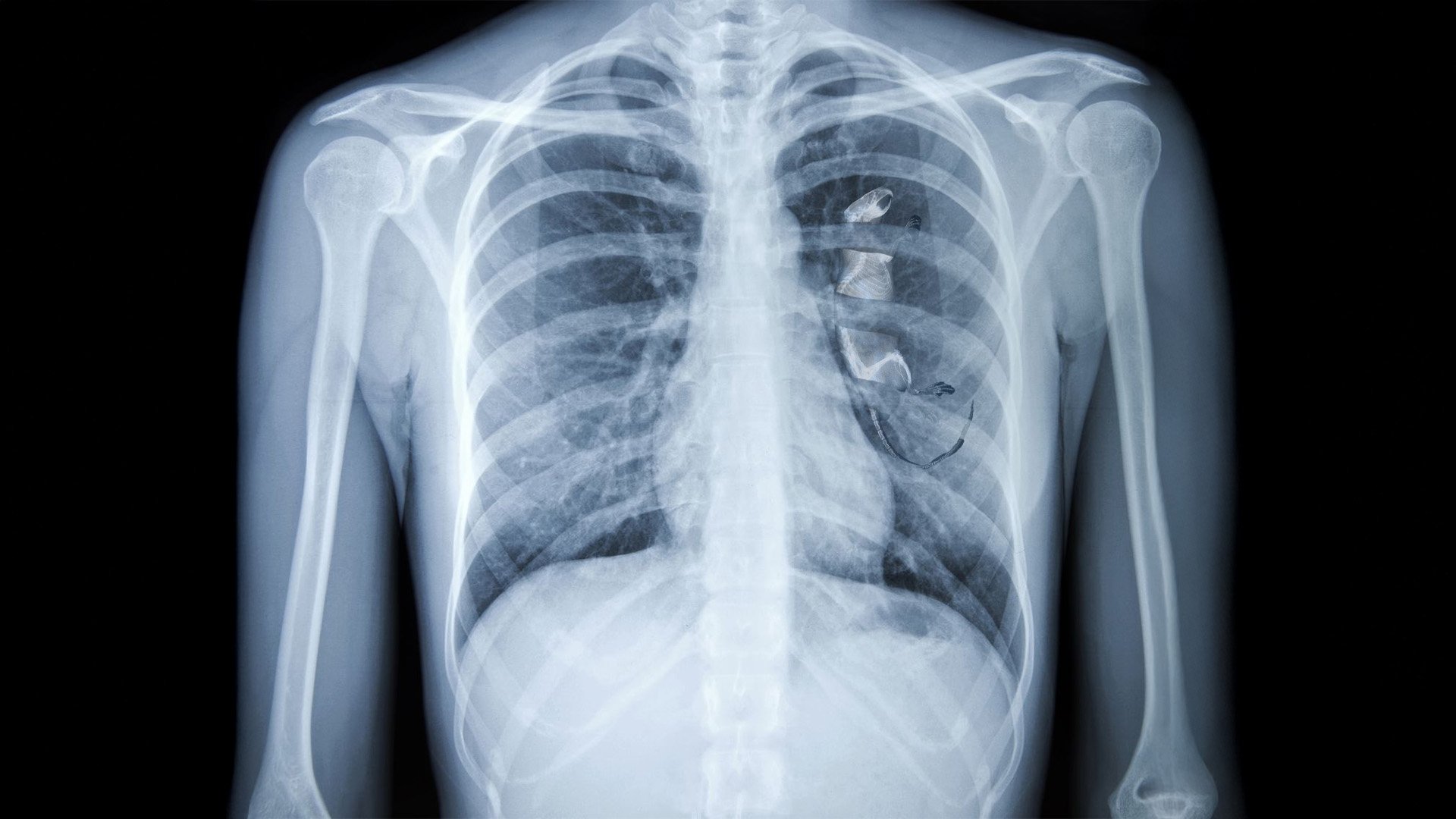Study Finds Average SEPTA Rider Inhales One Whole Rat Every Year
PHILADELPHIA — A groundbreaking study released Monday by the University of Pennsylvania has confirmed that the average rider on the Southeastern Pennsylvania Transportation Authority (SEPTA) unwittingly inhales one entire rat annually while commuting.
The study, which examined air quality on SEPTA trains, trolleys, and buses, revealed that microscopic rat particles—composed of fur, bones, and an unsettling amount of whiskers—are inhaled by passengers at an alarming rate. These particles, the study states, go on to combine in the body and create one whole entire rat.
“We were shocked by the findings,” said lead researcher Dr. Evelyn Morneau, visibly clutching a surgical mask during the press conference. “While commuters might expect to inhale some dust or the occasional drop of mysterious ceiling liquid, the sheer volume of airborne rodent particulate exceeded all predictions. And with the way the particles then re-combine into one whole entire living rat, frankly, it’s a miracle anyone makes it to their stop alive.”
“The good news is that the inhaled rats are unlikely to be full-grown when the particles recombine to make one rat,” said Morneau, attempting optimism. “They’re generally baby rats when the particles first come together. But, the more we look into it, the more it seems like the human lung is a great place for a rat grow up.”
Despite assurances, regular SEPTA riders were less than reassured. “I always thought the smell was part of the authentic Philly experience,” said Center City resident and daily commuter Bryce Finkel. “But now I know it’s probably a little Rat becoming one with my lungs. I don’t even want to know what’s in the pretzels.”
In response to the study, SEPTA released a statement acknowledging the findings but emphasizing that the rat inhalation rate “compares favorably to other major transit systems.”
“New York riders inhale roughly three rats per year,” the statement read, “and Boston has reported significant squirrel inhalation on its Red Line. Our commitment to ensuring Philadelphians inhale the bare minimum number of rats remains steadfast.”
The study’s publication has already inspired an unlikely counterculture movement, with some riders embracing their new identity as "rat breathers." A burgeoning Etsy market now offers SEPTA-themed T-shirts reading, “There Is One Rat In Every Rider,” while a local brewery plans to launch a limited-edition IPA called "Rat Lung."
Meanwhile, city officials have promised swift action, including plans to add air filters, increase trash collection, and “politely ask the rats to leave.” Critics remain skeptical, citing the city’s long-standing struggles with implementing anything remotely resembling “swift action.”
As for SEPTA’s most loyal patrons, the study has barely made a dent in their daily routines.
“At least the rats aren’t judging me for using my bag as a seat,” said one commuter, sneezing violently into the crook of her elbow. “If I can survive 45 minutes on the El, I can survive anything.”




